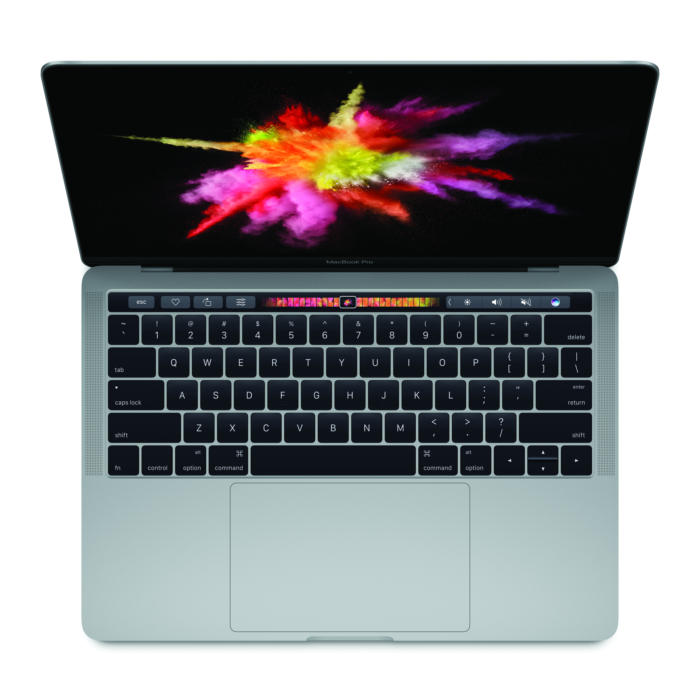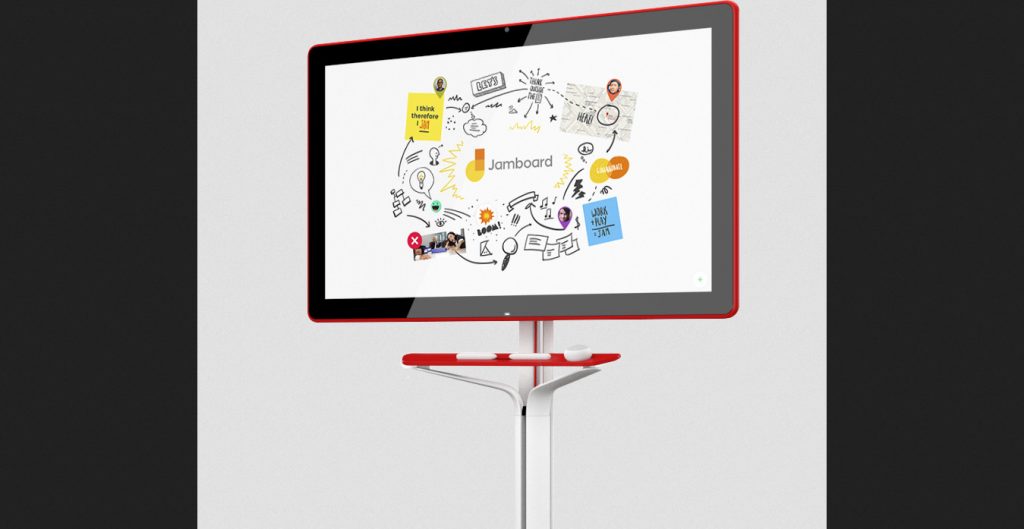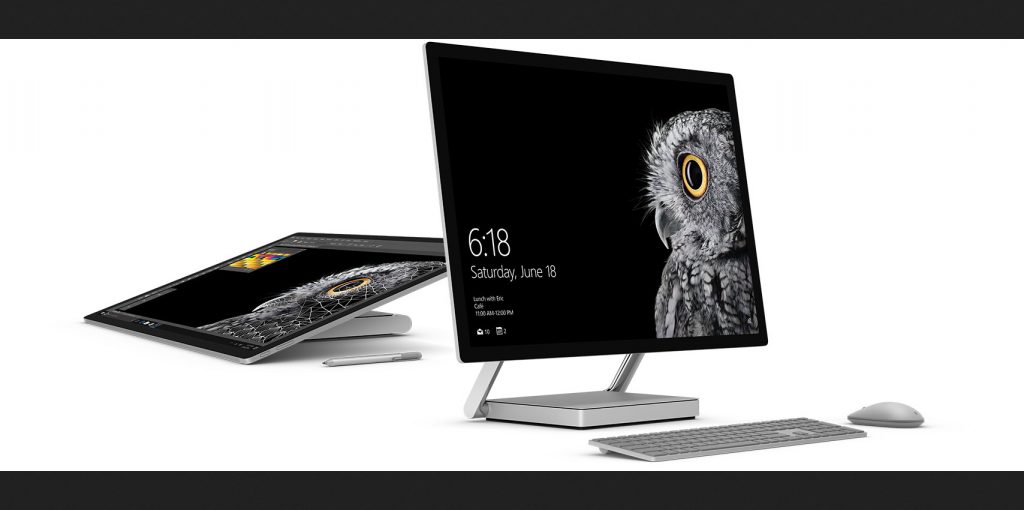Can these ‘Innovations’ from Apple, Google, and Microsoft Save the PC?
PC sales have been declining for a number of years now and this trend is expected to continue in the years ahead. That’s why the general outlook for the PC is that it will eventually be supplanted by newer devices, tablets and transformers/2-in-1s in particular. However, there’s one article online that claims that the three companies, Apple, Google, and Microsoft, are set to introduce new features that can save the PC. Help us examine them and decide if they indeed offer something that can make PCs popular again.
Apple MacBook Pro 2016: Addressing Relative Obsolescence in Laptops
The fourth generation of the Apple MacBook Pro is expected to introduce the so-called Touch Bar, a multi-touch-supporting OLED strip added on top of the keyboard. It takes the place of the function keys and also comes with a Touch ID sensor on its rightmost side. In the Apple tradition of supplanting standards, the new MacBook Pro also ditches a number of ports. It no longer has USB ports, SD card readers, and a charging port. Taking their place are 4 Thunderbolt 3 ports (or 2 Thunderbolt 3 plus 2 USB-C ports for the 13” version).

Image credit: Apple
The Thunderbolt 3 ports can serve as USB-C connectors so they can be used for charging and for transferring data. Moreover, any one of them can be used to connect the MacBook Pro to an external display.
Other improvements in this new model are the larger trackpads, display with 25% wider color gamut and 67% more brightness , reduction in volume and weight, and a 2nd generation butterfly mechanism keyboard.
Jamboard: Google’s Solution for Integrating PC Use to Cloud-First Workflow
Jamboard is essentially a cloud computer mainly aimed at enabling collaborative meeting and cross-platform support. Developed as part of Google’s G Suite family, it is like an interactive whiteboard that features a 55” touch display with 4K resolution and 60Hz refresh rate. This device can be attached to a stand or can be directly mounted to a wall.

Image credit: Google via Wikimedia Commons
This device comes with Wi-Fi connectivity, an HD camera (front), and built-in microphone and speakers. The touchscreen supports up to 16 touch points and comes with a special stylus with a convenient eraser. Jamboard employs an operating system that works with Google’s G Suite ecosystem.
Microsoft Surface Studio: Bringing PC Flexibility to Creative Levels
Microsoft’s Surface Studio is dubbed as an all-in-one PC intended for creative work. It features the so-called 28” 4.5K Pixelsense Display, which is designed for work that requires a large touchscreen canvas that can be used in various ways. The device has a specially designed stands that makes it easy to use it in portrait or landscape mode, in different angles. It’s a convenient device for drawing, reading, conducting meetings, and doing many other things.
With a $2,999 price tag, Surface Studio is a device meant for designers, graphic artists, and others in a similar creative profession or recreational pursuit. Surface Studio will be packed with Windows 10 (Anniversary Update) but it is said to be optimized for the yet to be released Creators Update.

Image credit: Microsoft
Can These Innovations Save the PC?
Before answering this question, it’s important to set things in the proper perspective. “Saving the PC” is more of making PC sales go up again. In the foreseeable future, it’s unlikely for the PC to die or just disappear. Just imagine how offices, schools, governments, and businesses would work without the PC. The ATMs of some banks even employ PCs with unupdated operating systems. That’s why “saving the PC” does not mean that the PC is on the brink of extinction.
Hence, the right question is: Can these innovations make PC sales rise again? Can they attract more PC buyers in the years ahead? We’re not really sure if the answer is a yes or no. However, we are quite sure that the article we linked above (How Google, Apple and Microsoft just saved the PC, from ComputerWorld) is more of an advertorial than a well thought out tech piece.
Definitely, Apple’s decision to use its own ports and ditch standards used by other companies is not something that will make PCs more attractive. Google’s Jamboard, on the other hand, does not really offer something that has the potential of saving the PC. It’s the same case with Surface Studio. The usual specs boosts and the creative stand that enables more convenient and ergonomic use are unlikely going to attract more PC buyers.
Basically, the devices presented above are just PCs with improved specs or devices with touch-enabled big displays that can be used in different ways. They just vary with the software, optimization, and some additional hardware. They just come with some expensive enhancements and differentiation (the display sizes in particular).
Mobile and Modular Systems Have Better Chances of Success
We’re not pretending to be experts here but we think that the way of making PCs more marketable again is to follow the trend: going mobile. If 2-in-1 PC-tablets don’t have enough power to replace the standard PCs, why not make PCs modular and mobile? This idea is not similar to the Mini PC from Intel or the various Android PC dongles. This is more on making PCs more mobile while retaining their full power by making its different modular. Imagine the convenience of taking just a small box with you and just using compatible input and output devices (tablets or TVs as monitors for example). With these powerful mobile computer boxes, those who own tablets or smartphones might find a reason to also buy them since they can allow them to play resource-intensive computer games on the go, using their smartphones or tablets as monitors.
It’s true that touch screens, cloud computing, and ingenious designs make PCs significantly better but these are not enough to pull buyers away from the more convenience and mobility of smartphones and tablets.
Buyers are unlikely to quickly adopt modular systems. That’s why it’s important for manufacturers and software developers to collaborate and come up with standards to set the stage for modular computing. Most buyers hesitate to purchase modular systems because they worry about the compatibility of the devices they buy and the longevity of the companies offering them. Who would want to buy devices that soon become obsolete or don’t have updates because their sellers have already gone out of business? If those involved in the PC business decide to come up with sensible standards, the PC can undergo significant evolution and eventually become attractive top buyers again.